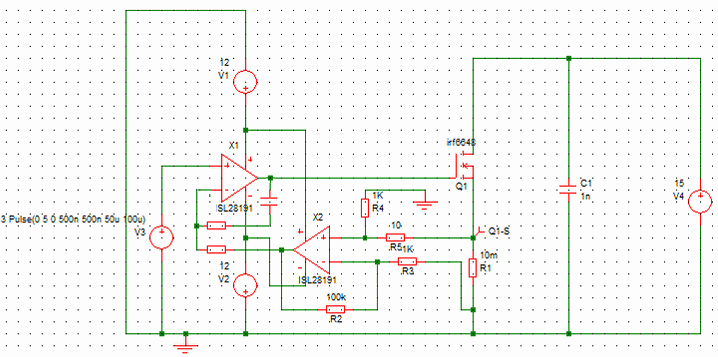TuAtAu
Advanced Member level 4
[Problem]Stablilize the cascade opamp
How to stabilize this cascade opamp. I had to amplify the sensing resistor to view in the oscilloscope for this current limiter.
How to prevent the oscillation~ any short note, advice or article?
:-?

**broken link removed**
**broken link removed**
**broken link removed**
**broken link removed**
sorry for inconvenience..
How to stabilize this cascade opamp. I had to amplify the sensing resistor to view in the oscilloscope for this current limiter.
How to prevent the oscillation~ any short note, advice or article?
:-?

**broken link removed**
**broken link removed**
**broken link removed**
**broken link removed**
sorry for inconvenience..
Last edited:


